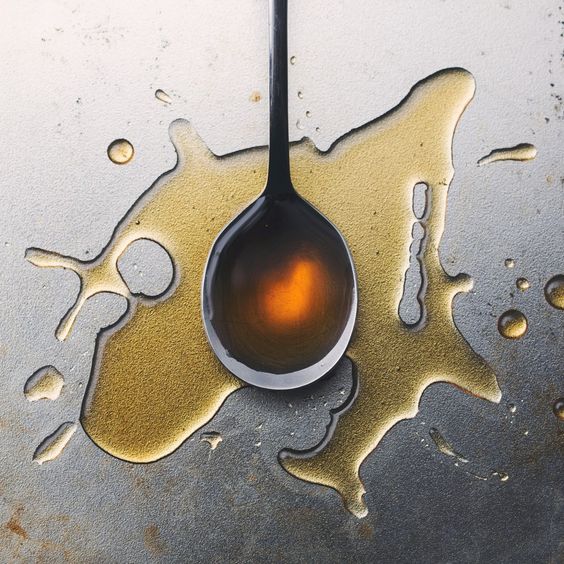November 18, 2020
The Danbrie Difference
Danbrie Farms harvests sap from a maple woodlot that sits at the top of the Niagara Escarpment, which is made of limestone, and its composition is chiefly calcite. Our tree roots penetrate the limestone and result in maple syrup that has a flavour that is unique to this area.
The Danbrie Process
We use state of the art equipment to extract and process the sap, and boil it down into maple syrup.
This process involves:
- drilling and tapping a 5/16 inch diameter hole 1-1/4” deep into each tree and inserting a 5/16” spout. The narrower the hole, the quicker the tree is able to recover from the wound by way of compartmentalization. The key is not to re-drill into the diamond-shaped area surrounding the hole that has compartmentalized. Therefore every year we re-tap the tree in a new location.
- connecting spouts to our drop line, then connected to our mainline, and then wet/dry lines carries the sap into holding tanks located at the pump and sugar house. We employ a vacuum system that assists in the extraction of sap when atmospheric barometric pressure is high. Gravity is still required when collecting sap using our vacuum and tubing system. The back of our property has the lowest elevation level and is where the pump house resides to collect all the sap.
- from the pumphouse, the sap is pumped 2600ft to the sugar house for processing.
- the concentration process begins once the sap is at the sugarhouse. It enters a semi R.O. unit that starts the process. The sap density rises from 2 to 9% when running through our semi R.O. machine. It leaves the R.O. and enters the evaporator at roughly 9% sugar content.
- sap continues to thicken as it runs through a series of chambers and pans in the evaporator. The sap enters the main pan called the flue pan and exits at the syrup pan at 67% sugar content (finished maple syrup).
 In Ontario, maple syrup producers ensure that the sugar density does not measure less than 66.5%. At the other end of the spectrum, if the sugar density measures an amount greater than 68%, then crystallization may occur. The amount of crystallization that occurs within the syrup will be proportionate to the percentage amount of finished syrup above the 68% level. The higher the final density count, the more crystallization will occur in the syrup.
In Ontario, maple syrup producers ensure that the sugar density does not measure less than 66.5%. At the other end of the spectrum, if the sugar density measures an amount greater than 68%, then crystallization may occur. The amount of crystallization that occurs within the syrup will be proportionate to the percentage amount of finished syrup above the 68% level. The higher the final density count, the more crystallization will occur in the syrup.Danbrie Farms then filters out sugars niters (sugar sand) from the syrup through a filter press. The composition of sugar sand occurs during the boiling process and is composed of calcium, magnesium, and potassium. It is then transferred to a hot water jacket canner for bottling. With the aid of this equipment, each container of maple syrup is hot packed at 185 to 188 degrees Fahrenheit. Hot packing prevents the development of bacteria, yeast or mold in our syrup.
We distribute three of the most popular grades of maple syrup in various sized containers. We also produce an array of maple-infused preserves, jams and jellies using our maple syrup as one of the main ingredients. Every run of sap produces a different tasting syrup and by blending different batches of maple syrup produced at different times of the season Danbrie Farms has the ability to control the results of the final blend. We will only blend the best runs!
Danbrie Farms takes great pride to ensure we produce the perfect maple syrup. Our customers continue to come back again and again and tell us that our maple syrup is the best that they have ever tasted. Try some today!
